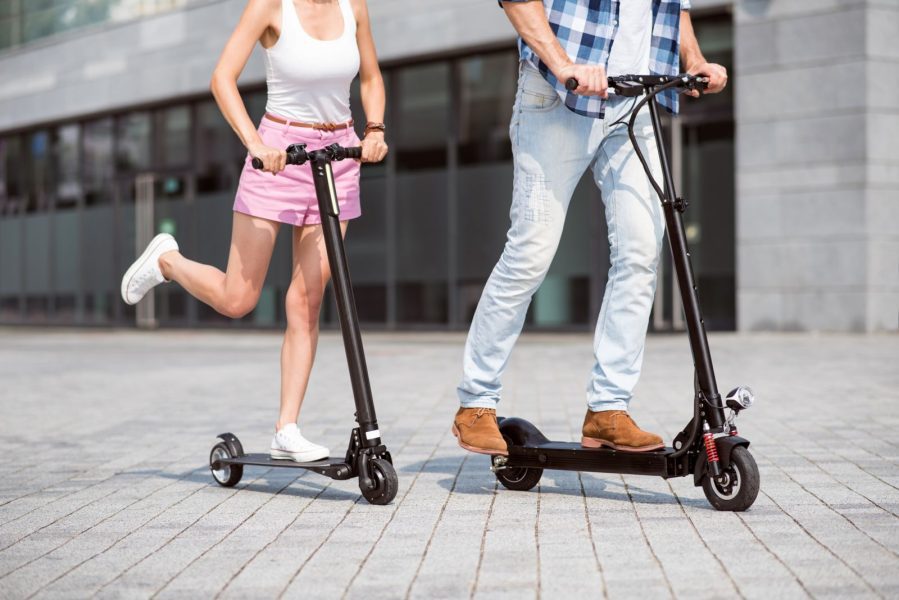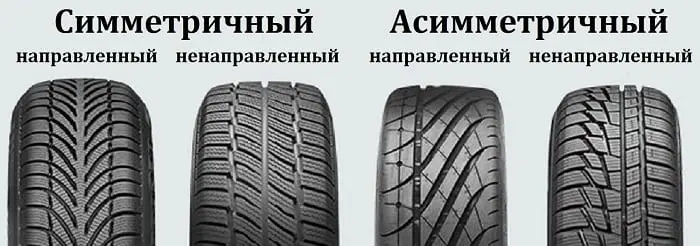
How to choose winter tires
Content
With the change of season, each car owner thinks about how to prepare his car for the winter. The list also includes the purchase of high-quality winter tires. Consider the feature of this category of tires, what you should pay attention to when buying. Also pay attention to the advantages and disadvantages of some types of tires.
Why winter tires?
In winter, the road is more unstable than in summer. Due to the fact that it is often slippery, the risk of skidding is very high. In many regions, rain is abruptly replaced by frost. From this, the road surface becomes the most important source of danger.
As you know, rubber is such a material that reacts to temperature changes. The higher it is, the softer the tire becomes. And vice versa: if the air temperature drops below zero, the material loses its elasticity.
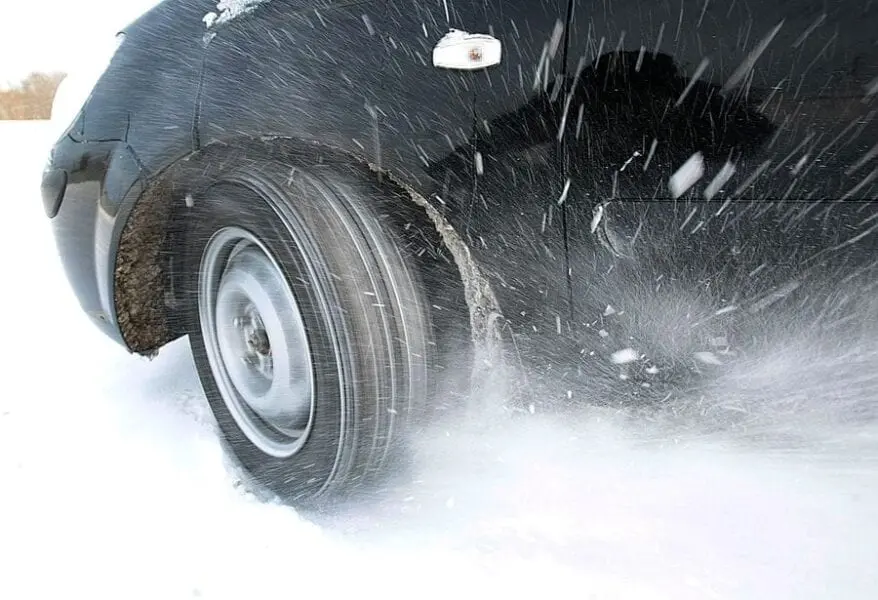
So that with a change in the temperature regime, rubber does not lose its properties, rubber is added to its composition. This material gives the product elasticity at low temperatures. More details about the difference between summer and winter tires are described in separate article (it also contains storage tips and discusses different types of wear).
In short, when driving in winter on summer tires, the wheels of the car do not have proper grip on the road surface. In addition to this factor, winter and summer tires have different tread patterns that play an important role. Tires for the summer do a great job of draining, but are generally useless in the snow.
A few words regarding the all-weather season. This is a budget option, however, it is applicable only in latitudes with warm winters. In summer and winter, the road surface requires completely opposite characteristics from tires. For these reasons, professionals do not recommend using this type of rubber.
How to choose winter tires?
Here are six simple steps to help you choose winter tires:
- Terms. First of all, it should be repelled in what conditions the product will be operated. If the roads in the area are well cleared, there is little snow, it often rains, and the air temperature varies from -10 to +5, then “European” tires are suitable for such conditions. And vice versa: if rolled snow or ice lies on the road all winter, then you can stop at the Scandinavian analog or studded.

- Speed. For drivers who prefer a measured ride, a Scandinavian modification or Velcro is suitable. The European has a diagonal tread pattern that provides maximum wet grip.
- Cost. In the case of rubber, a pattern applies - the more expensive, the better. Of course, there are unscrupulous sellers who sell budget products at the price of elite analogues. But for the manufacture of high-quality rubber is a lot of money, so such products will never be cheap.
- Manufacturer. Since the safety of the driver and passengers with whom he travels directly depends on tires, one should stop his choice on the products of brands that have established themselves on the market. If the car owner is a beginner, then you can ask experts at a car service or experienced drivers.
- Product quality. To determine the quality of the tires, you can hold your palm in the direction of the drawing when buying. If uneven projections are not felt, then the products are of high quality.
- Shelf life. Details on how to calculate the term of suitability of tires that were in stock can be found. here. This product does not have an unlimited shelf life, so when buying, you must pay attention to the date of manufacture. You should not take the one that has been stored in the warehouse for more than two years.

- Specifications. On each tire, the manufacturer applies a special marking, according to which you can determine the maximum allowable speed, coating, and so on.
In addition to these basic rules, it is worth considering additional factors.
Winter tires
Some motorists, for the sake of economy, use one set of wheels on which they put on a winter and summer tire (depending on the season). But for such a procedure, you must go for tire service, and this is an additional waste. If the car owner’s arsenal has two sets of disks, then the task of seasonal replacement is maximally simplified - just jack the car and install the appropriate wheel.
In addition to the material benefits, a winter set of discs has several more advantages. Firstly, during seasonal storage, tires are not deformed if they are worn on disks. Secondly, if you often remove and put the tire on the disk, it wears out faster.
If you take alloy wheels, then if they fall into the hole at high speed, they can deteriorate. If the service station provides a repair service for such disks, the procedure will be expensive. And in winter there can be much more such situations than in summer.
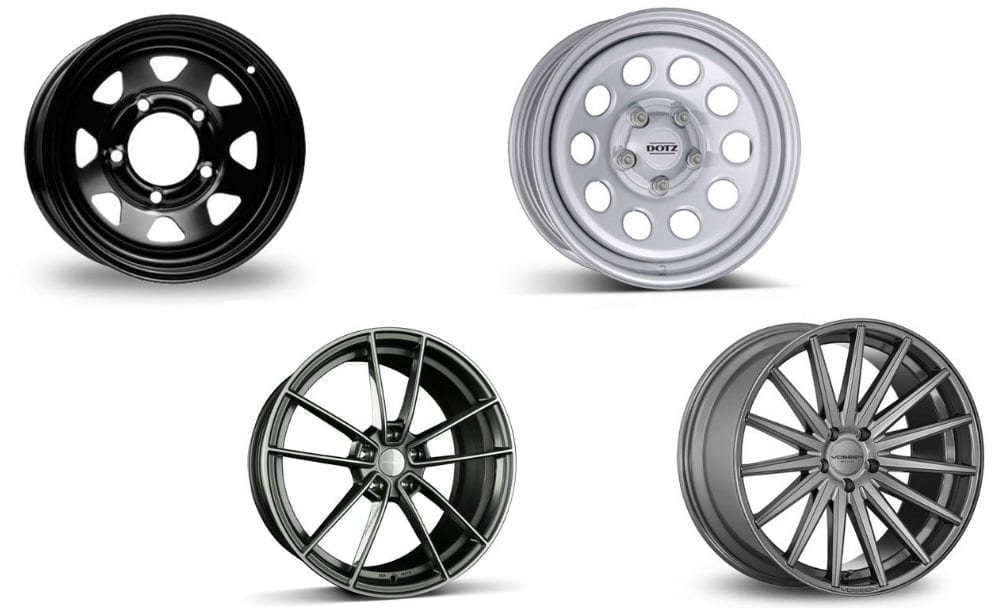
In view of this difficulty, many motorists use stamped steel wheels for the winter. If it has fallen into a hole and is deformed, it is easy to “roll” it. And you can decorate them by installing caps of the appropriate radius.
Rubber size
Instead of following the advice of a neighbor in a garage or parking lot, you should adhere to the manufacturer's recommendations. For each car, engineers thought out an acceptable version of the profile and width of tires.
Information on permissible deviations is indicated on the central rack, under the hood or on the gas tank hatch (it all depends on the brand of car). If this plate is lost, then the data can be found on the manufacturer's website or in the technical literature for this vehicle.
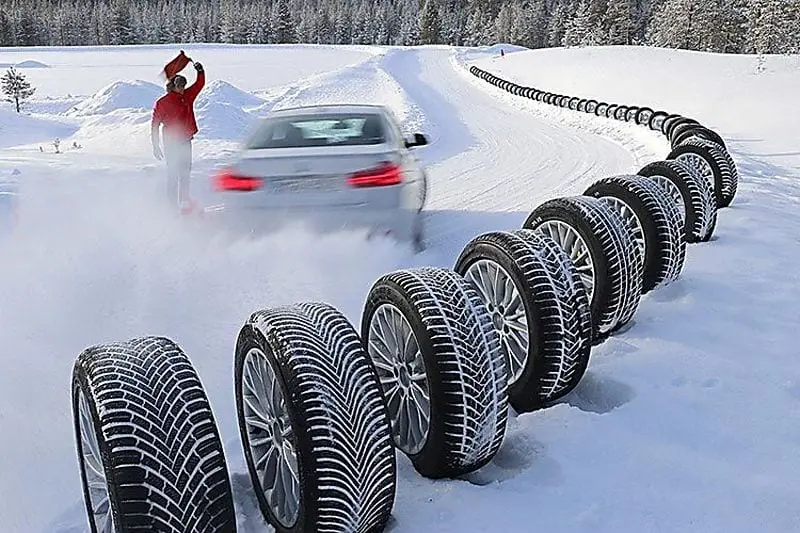
The only caveat. Do not drive on wheels whose maximum width is permissible. This is especially true of the front wheels. In winter, frozen snow and ice often accumulate on the wingers. If the tire is wide, it is possible that when turning it will cling to the sharp edges of icing. This can damage the rubber itself. Given this point, some tire technicians advise installing a little narrower on the front of the tire than the maximum allowable.
Which is better: chamber or tubeless?
Modern cars are equipped with tubeless tires. Camera options are common for old technology. To make sure that the rubber is not used with the camera, you need to find the inscription “Tubeless” in the product labeling.
It is also worth considering that for the use of chamber tires you need to purchase the appropriate discs. In such models, the sides will be of a different size and shape. Do not underestimate this factor, since the use of inappropriate drives and cameras can lead to an unforeseen situation on the road.
Spikes or Velcro
The peculiarity of studded rubber is that it “crashes” into ice and packed snow, significantly reducing the braking distance on such roads. This is ideal for snowy and icy roads. These tires are great for beginners.
But it is worth considering that the spikes are effective only on a difficult winter road. On the pavement, they have no benefits from studless tires. When braking or accelerating, they often fly out or ruin a smooth surface.
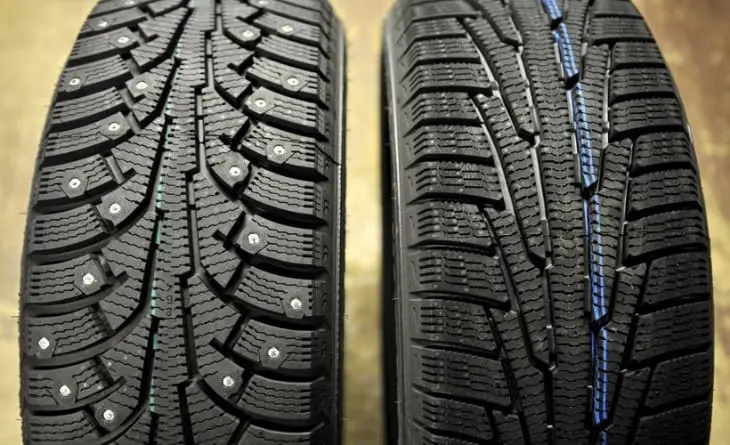
Studded tires are ideal for the countryside, in which roads are rarely cleaned, and on them constantly icy crust or rolled snow.
Velcro is the best solution for the city. In big cities, roads are better cleaned or sprinkled with a special substance that eliminates icing and packed snow.
Healing form
If the car often drives on snowy and icy roads, and the choice fell on studded tires, then it is worth a little discussion about the shape of the stud. To date, manufacturers have developed several options for this element. The reasons for this are the desire to achieve maximum stability of the car on the road.
In the classic version, the spike is made in the form of a nail. Such models are the cheapest in this class. There are also square, rectangular, with slots, etc. Each of them, according to manufacturers, has its own unique characteristics. Although, at a speed of 60 km / h. all have the same stopping distance. To drive in dangerous areas there is no need to accelerate more.
Tread pattern
As for Velcro, the tread pattern for certain conditions play a role. There are 3 main categories of drawings:
- Symmetric. If you visually divide the tire lengthwise into two identical parts, the picture on the left side will be a symmetrical display of the right one (as if to put a mirror in the center). This form of tread is ineffective on wet roads, as it does poorly with the drainage system. The best option for the icy road and in the snow.

- Asymmetric. The exact opposite of the first option. The best option for a winter ride. Tires cope with drainage, with snow and ice. In order for them to be installed correctly, it is necessary to pay attention to the marks indicating which side is internal. The only negative of such tires is the high price.
- Directed. It copes well with wet cover, snow porridge and ice. The only negative is noisy when driving on dry asphalt.
Rubber price
As already noted, these products are expensive to manufacture, and a pattern is often observed: the more expensive, the better. However, there is one factor that can destroy this logic.
For example, a tire made last season will cost less than a “fresh" model. Moreover, its quality will not be worse, and often even better than that of a new analogue. The same principle applies to the lineup. An older one (not the year of manufacture, but the time of the start of production of this type of tire) can be no less high-quality than the novelty relevant on the market.
The price also affects the brand, size and tread pattern. Some experts recommend installing discs of smaller diameter than in the summer version to save money. Although this may affect the patency of the car.
Which is better: new or used?
Another question regarding savings - is it worth buying used rubber? Such tires are much cheaper than new counterparts. And some “foreign” options are even better in quality than budget, but new products.
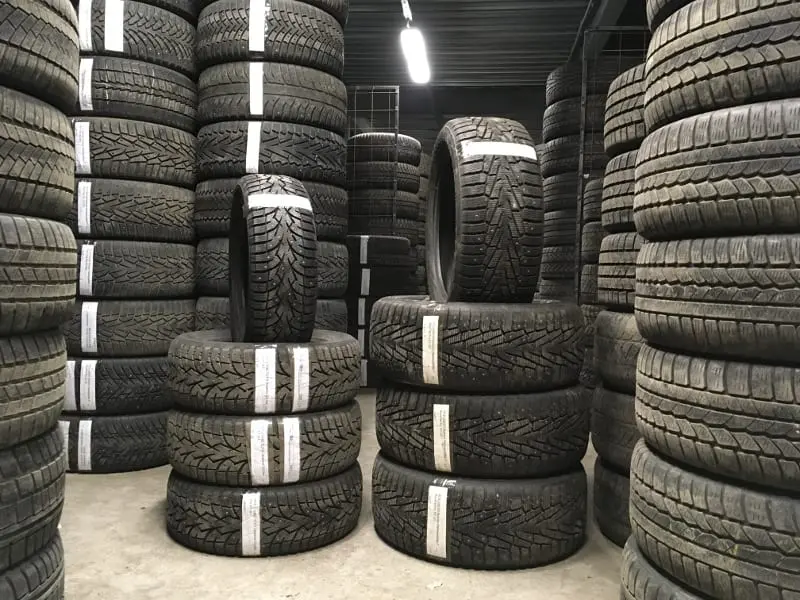
Before agreeing to such an option, several factors should be considered:
- Degree of wear. It is not known under what conditions the tire was stored by the past owner, as well as how it was operated. Often you can get to the "restored" option. These points significantly reduce the service life of tires on a new car.
- Tread. High tread is the main indicator that you need to focus on when choosing a used tire. The smaller the groove, the more often you have to buy new rubber. It is also worth considering that the quality of the pattern affects the drainage and braking distance.
- Was the tire used in the summer. If the previous owner rode such rubber in the summer, then the tread was subjected to additional temperature stress, which makes it tough over time. Because of this, rubber may be ineffective at sub-zero temperatures.
These factors are enough to stay on new tires.
When is the best time to buy?
An ideal option for buying seasonal produce is the end of the season. And this applies not only to tires. At the end of winter or at the very beginning of spring, product prices are reduced so that irrelevant goods are sold. At this time, you can find some good tires for the next season. The main thing is to properly store tires.
If you purchase them before the start of the season, then last year’s products will be sold in the store at a price identical to the new products on the market. Sometimes small discounts are made on such models. Be that as it may, the beginning of the season is not the best time to buy products.
Questions and answers:
Which brand is better to buy winter tires? Non-studded tires: Continental Viking Contact7, Michelin Alpin 6, BF Goodrich g-Force Winter 2, Nokian Tires Hakkapeliitta R3. Studded: Nokian Tires Hakkapeliitta 9, Michelin X-Ice North 4.
What is the best tread for winter tires? For deep snowdrifts and heavily rolled snow, it is better to purchase tires with an asymmetric directional pattern. For shallow and melted snow - with non-directional tread.
What is important when choosing winter tires? Manufacturer, whether studs are present or not, when manufactured, wear resistance, speed and load indexes, and tread pattern.
How to tell good winter tires? Such a tire will differ from the summer and all-season by the presence of a snowflake. High quality winter tires will be soft. It should not have microcracks and scuffs.
